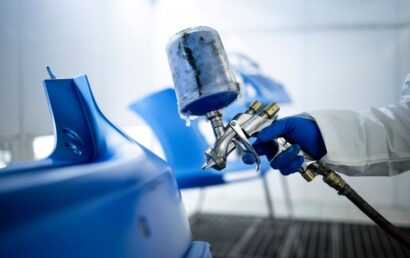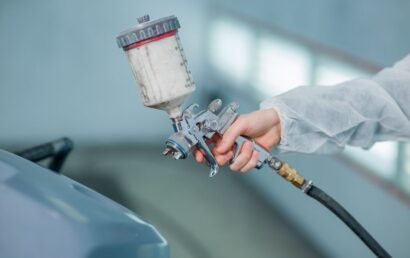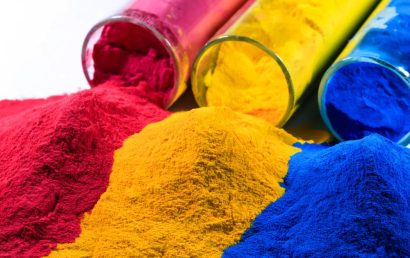Graphene Vs. Ceramic Coating: Which Is Better?
Protecting your investment is a top priority if you’re a vehicle owner. This has driven increased demand for advanced surface protection solutions, such as graphene vs ceramic coating. But with many options come challenges and misconceptions. In this article, we’ll compare the advantages and disadvantages of both coatings types to help you decide which option best suits your needs.
What Is Graphene?
Are you interested in a surface protection solution with exceptional strength, flexibility, and conductivity? Consider using graphene coatings. Graphene, a single layer of carbon atoms arranged in a hexagonal lattice, has gained traction as an innovative vehicle protective solution due to its impressive properties. The thin and transparent graphene coatings create superior safeguards against scratches, UV rays, oxidation, and chemical damage while providing hydrophobic protection that conveniently deflects water and dirt away from the surface.
What Is Ceramic Coating?
Ceramic coating is the answer if you’re looking for adequate protection against UV rays, oxidation, chemical damage, and scratches. Also called nano-ceramic coating, it’s a liquid polymer made of silicon dioxide (SiO2) and ceramic nanoparticles. When applied to your vehicle’s surface, it creates a durable and glass-like layer of defense. You won’t regret this semi-permanent bond as it has hydrophobic properties that make cleaning a breeze!
The Pros and Cons
Ceramic Coating Is The Most Durable Of The Two Options: Ceramic coatings are a desirable option for those seeking long-term protection of their vehicle’s surface. This is due to their outstanding durability, and high-quality options lasting up to five years or more with proper care. Vehicles coated with ceramics possess a formidable protective barrier thanks to the robust bond between the coating and the car’s exterior. Even harsh environmental conditions and daily wear-and-tear won’t stand in the way of its sturdy shield. As a car owner who seeks surface longevity, ceramic coatings represent an excellent investment toward achieving your goal.
Graphene’s Main Advantage Lies In Its Self-Cleaning Properties: If you’re looking for a coating that’ll keep your vehicle looking clean and shiny while also reducing the need for frequent washing and maintenance, graphene coatings may be just what you need. Due to their hydrophobic nature, water and dirt simply slide off the surface – no elbow grease is required! And it’s not just about appearances: this self-cleaning ability helps prevent damage from contaminant buildup over time.
Ceramic Coating Is Easier To Apply Than Graphene: Ceramic and graphene coatings are two popular choices if you’re considering applying a coating to your car. While both options require a professional application for optimal results, ceramic coatings are generally considered easier to use than graphene ones due to their more straightforward application process. Additionally, because of its long history in the automotive industry and wider availability, finding experienced professionals who can apply ceramic coatings is typically easier.
In Terms Of Scratch Resistance, Graphene Has The Upper Hand: Are you curious which coating offers better scratch resistance? Graphene and ceramic coatings are both good options, but graphene comes out slightly ahead due to its exceptional strength. Thanks to its thin, flexible, yet robust layer structure, graphene can efficiently absorb and distribute impact forces, providing improved protection against minor scratches and abrasions.
Graphene Coating Is More Expensive Than Ceramic Coating: Graphene coatings are usually more costly than ceramic coatings. This is mainly because graphene materials are pricier, and the technology is relatively new. However, as graphene coatings become more established and production costs decrease, prices may become more competitive with ceramic coatings.



